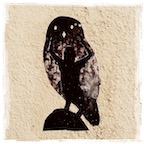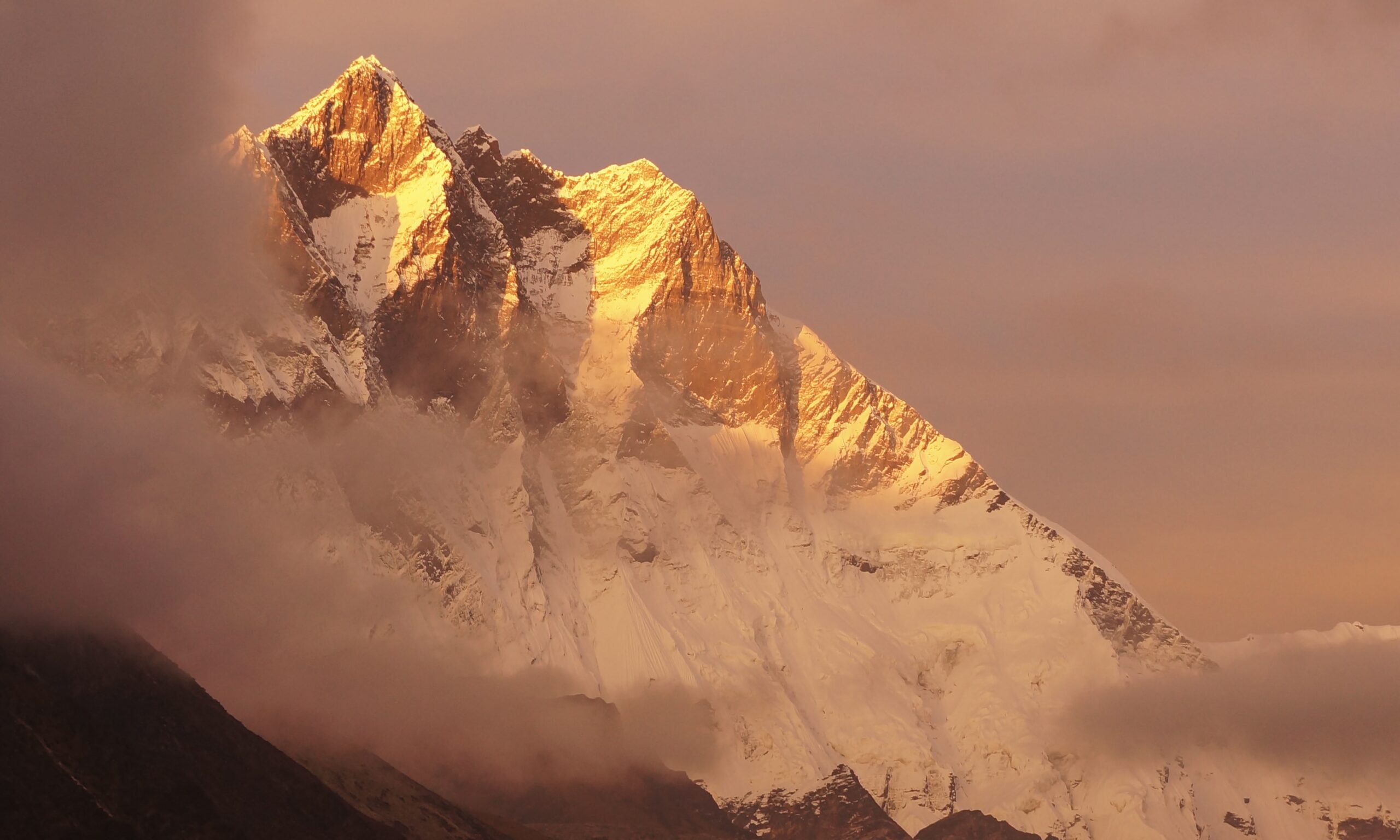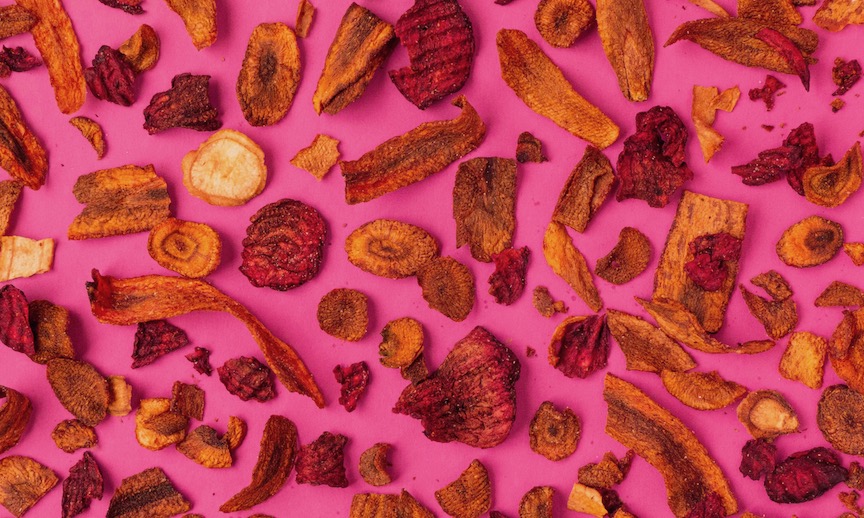THE GREAT BEAVER
Travis has always liked beavers and identified with them. He thinks of Beaver as his animal guide. So for his birthday a few weeks ago, I got him a book that I’d seen on a “best new paperback nonfiction” list: Beaver Land: How One Weird Rodent Made America, by Leila Philip.
He’s loving it. So far, I’ve only had a chance to read the introduction and first chapter, because… well… it’s his book, so I’m trying to let him finish before I swipe it over to my nightstand. But he shared with me a number of the facts and ideas he was reading about, and I decided that I couldn’t wait to dive into Beaver this week.
They are fascinating critters. Bizarrely cute. Specifically intelligent. Physiologically unique. And, as the title of the book offers, they’ve been fundamentally responsible for the formation of North American ecosystems.
Philip writes: “Beavers are a keystone species, an organism so critical to the survival of a biological community that they function like the keystone in a medieval archway, that one shaped block that forms the apex of the arch and upon which the entire span of bricks depends. Remove the keystone and the arch collapses. For better or worse, beavers, like humans, have an inordinate impact on their environment. Many animals use tools and are important to biodiversity, but only beavers and humans dramatically alter the landscape to create the environment they need (or want).” (Beaver Land, p 9)
The thing that grabbed me especially, when Travis was first telling me about the book, was the terminology used in a contemporary telling of an Algonquin origin story — Ktsi Amiskw, the Story of Great Beaver. In this story, the Creator was described as “Shaper.”
Spirit as “Shaper.” Creativity as a process of molding and shaping.
In this particular story, the Shaper isn’t Beaver; the Shaper is the one called in to help negotiate on behalf of the people after Beaver has persisted in flooding their world. Nevertheless, I think it’s accurate to describe beavers’ creativity primarily as one of shaping, as well. It’s also true of our human creativity.
Working with the raw materials at hand, with what’s available here and now, these resources, these conditions, things as they are — we shape our lives. We make the world by shaping it.
We can and often do think of creativity as making something out of nothing. Into the wide-open nothingness of an unwritten future, we write. And voila! — creation. The empty infinitude of possibility awaits our pure creativity. Nothing exists but that we imagine it, bring it, and embody it. This is like what’s described in the second and third verses of Genesis: “[T]he earth was formless and empty, darkness was over the surface of the deep… and God said, ‘Let there be light,’ and there was light.”
Often, that’s how I conceive of my creativity, our creativity. We make things. We make it up and we make it real. Out of nothing, something. Into nothing, something. If not for our creative contribution, not much would exist at all — it would remain formless and empty.
Which can be a useful way of thinking about it. The idea of wide-open possibility is indeed an invitation to wildly imaginative freedom. The sky’s the limit. It’s exciting to be totally unbridled like that.
But it’s not the only way to think about it. Yes, we make things. But it’s worth noting that, mostly, we make things out of other things. Not so much out of nothing, but rather out of everything. And also into everything. Into and with everything, we offer this particular coalescence, these specific points of view, these hopes and fears and desires and actions. The world has existed and will exist in its messy everything-ness, with or without our intentional participation. Our creative opportunity is to shape it. To choose and reorganize, to move and connect. Sometimes to resist, but also to cooperate and collaborate. And, in every case, it’s always a matter of participating with what’s already so.
There’s tremendous freedom and opportunity in this, too.
First, it’s a relief to remember that we don’t have to reinvent every wheel and rediscover fire every time we want to actualize an intention. That’s exhausting. And I think often it’s how I burn myself out — when I get hung up on the approach to creativity that seems like I’ve got to make something out of nothing. When the truth is, our resources are plentiful — fire, wheels, relationships, money, talents, passions, ideas — and we can shape the world simply by moving these around and arranging them in different ways.
There’s also freedom in the idea of working with what is rather than bemoaning what isn’t. Creation not as a matter of railing against what’s missing, what’s lacking, what’s non-existent, but rather embracing what’s already so. Life is already in abundance. Our work is to shape it. To see what might be rearranged or connected differently. And then allowing the transformational power of that — the harmonious totality of our individual creative contributions with the whole of nature responding.
I can’t wait to be with you this Sunday, March 24. Dianna Hughes will be joining Patty for special music this week. Onward, Beavers! XO, Drew
©2024 Drew Groves




